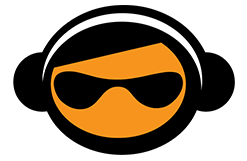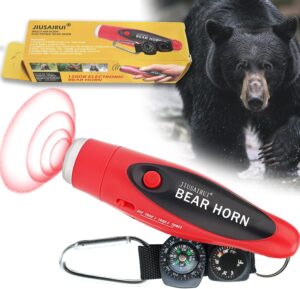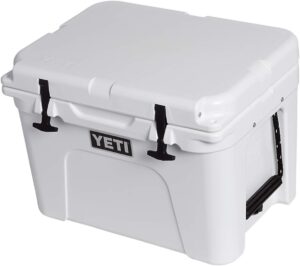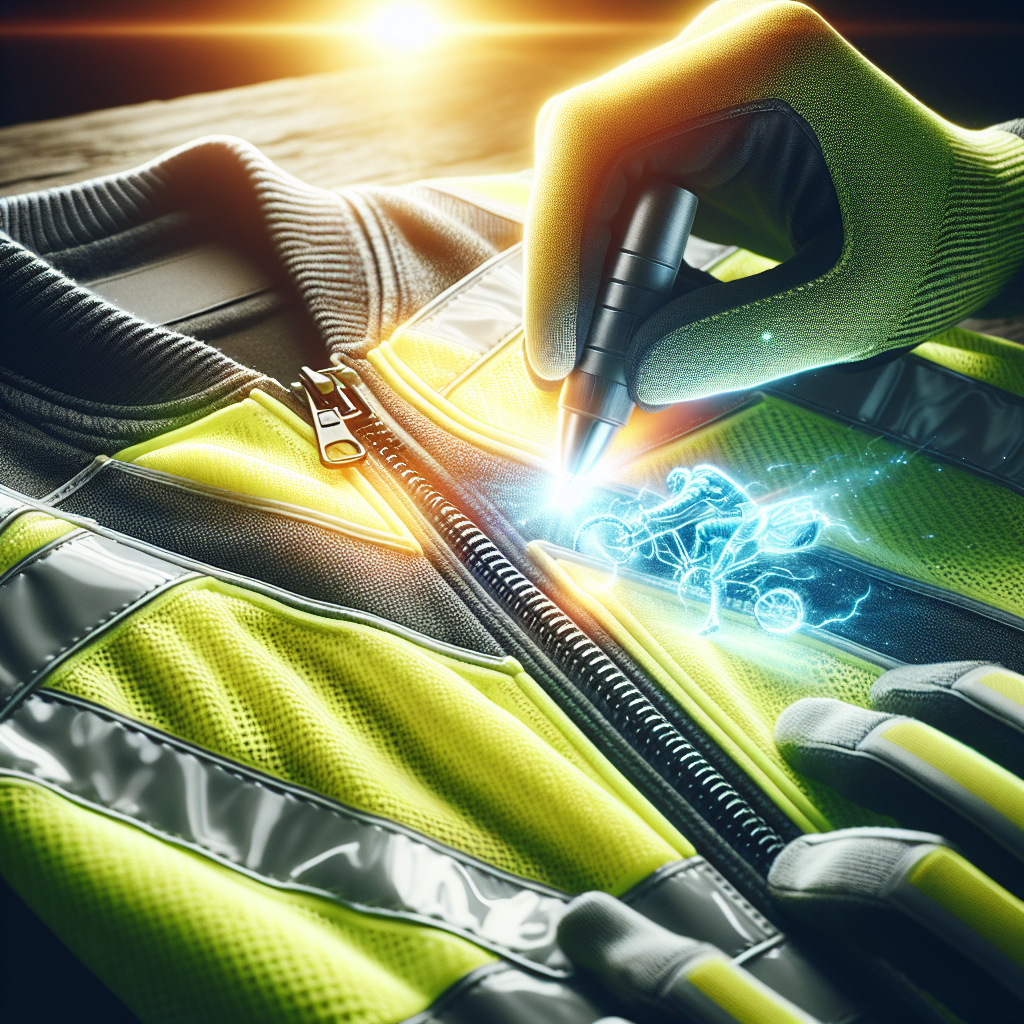
Picture this: you’re cruising through the city streets on your trusty bicycle, wind in your hair and a smile on your face. But amidst the hustle and bustle of urban life, safety should always be your top priority. That’s where bicycle safety equipment comes in. Whether you’re a seasoned cyclist or just starting out, investing in the right gear can make all the difference in ensuring a safe and enjoyable ride. From high-visibility reflective clothing to sturdy helmets and reliable lights, this article explores the essential safety equipment every urban cyclist needs. So hop on, let’s pedal our way to a safer cycling experience!
1. Helmets
Cycling helmets are an essential piece of safety equipment that every urban cyclist should invest in. They provide protection for your head in case of any accidents or falls while riding. When it comes to helmets, there are a few important factors to consider.
1.1 Types of helmets
There are various types of helmets available in the market, each designed for different purposes. The most common types include road helmets, mountain bike helmets, and urban cycling helmets. Road helmets are lightweight and aerodynamic, perfect for speedy rides on smooth roads. Mountain bike helmets, on the other hand, offer more coverage and protection for rough terrains. Urban cycling helmets strike a balance between comfort and safety, providing adequate ventilation and protection for city rides.
1.2 Helmet fitting
A properly fitting helmet is crucial for maximizing its protective properties. To ensure a proper fit, start by measuring the circumference of your head just above your eyebrows with a flexible measuring tape. Match this measurement with the helmet size chart provided by the manufacturer to determine your helmet size. When trying on helmets, make sure they sit level on your head and the straps are securely fastened. The helmet should feel snug and comfortable without any excessive movement.
1.3 Helmet standards and certifications
When shopping for a helmet, it’s important to look for those that meet safety standards and certifications. In the United States, helmets that comply with the Consumer Product Safety Commission (CPSC) standards are recommended. These helmets undergo rigorous testing to ensure they provide adequate protection. Additionally, some helmets may also be certified by other organizations such as the Snell Memorial Foundation or the American National Standards Institute (ANSI). Checking for these certifications ensures that you are purchasing a reliable and safe helmet for your urban cycling adventures.
2. Lights
Proper lighting is essential for urban cyclists, especially during low-light conditions or at night. Lights not only help you see the road ahead but also make you visible to other road users. Let’s explore the different types of lights and their importance.
2.1 Front lights
Front lights, also known as headlights, are mounted on the front of the bicycle and illuminate the road ahead. They come in various intensities, ranging from a few lumens to several hundred lumens. When choosing front lights, consider the brightness, beam pattern, and battery life. Brighter lights are ideal for dark roads or areas with minimal street lighting, while a longer battery life ensures your lights won’t go dim halfway through your ride.
2.2 Rear lights
Rear lights, also called taillights, are crucial for making yourself visible to vehicles approaching from behind. They typically have different modes such as steady, flashing, or pulsing to catch the attention of drivers. Just like front lights, rear lights come in varying intensities and battery life. Look for lights with wide-angle visibility to increase your visibility from all directions.
2.3 Light mounting options
Most lights can be mounted on either the handlebars or the seat post. Some lights also offer helmet mounts, which provide additional flexibility in directing the light beam. Consider your cycling needs and preferences to determine the best mounting option for you. It’s often recommended to use both front and rear lights simultaneously to ensure maximum visibility and safety.
3. Reflectors
Reflectors are small devices that reflect light back to its source, making you more visible to others on the road. They are an inexpensive and effective way to enhance your visibility, especially in low-light conditions. Let’s take a closer look at the importance of reflectors and the different types available.
3.1 Importance of reflectors
Reflectors play a critical role in alerting drivers and pedestrians to your presence on the road. They act as passive safety devices, reflecting light from other sources such as car headlights. By increasing your visibility, reflectors reduce the risk of accidents caused by other road users not seeing you in time.
3.2 Types of reflectors
There are several types of reflectors commonly used on bicycles. Pedal reflectors attach to the pedals and are visible from both the front and the rear. They are especially useful for side visibility. Wheel reflectors can be attached to the spokes of your bicycle wheels and create a spinning effect, catching the attention of motorists. Rear reflectors are typically mounted on the rear fender or the seat post, making you visible from behind.
3.3 Proper reflector placement
To maximize the effectiveness of reflectors, it’s important to place them in the correct positions on your bicycle. Pedal reflectors should be positioned at the ends of the pedals, facing the front and the back. Wheel reflectors should be evenly spaced on both sides of each wheel, ensuring visibility from all angles. Rear reflectors should be securely mounted on the rear fender or seat post, facing directly to the rear.
4. Mirrors
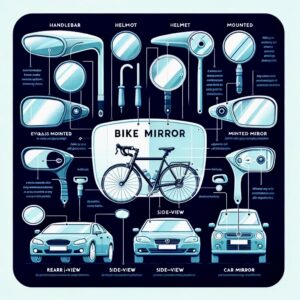
Mirrors are a useful accessory for urban cyclists as they provide a clear view of the road behind you without the need to turn your head. Let’s explore the benefits of using mirrors, the different types available, and proper positioning.
4.1 Benefits of using mirrors
Using mirrors allows you to maintain better situational awareness on the road. By glancing at the mirror, you can quickly assess the traffic behind you without taking your eyes off the road ahead. This helps you make informed decisions and react appropriately to any potential hazards or approaching vehicles.
4.2 Types of mirrors
There are several types of mirrors available for bicycles, each with its own advantages. Handlebar-mounted mirrors attach to the end of your handlebars, providing a wide-angle view of the road behind you. Helmet-mounted mirrors can be attached to your cycling helmet, allowing you to adjust the viewing angle by moving your head. Some mirrors also come in the form of wristbands or glasses attachments for added convenience.
4.3 Proper mirror positioning
When positioning your mirror, make sure it provides a clear and unobstructed view of the road behind you. Adjust it to your preferred angle so that you can see approaching vehicles without straining your neck. Experiment with different mirror positions to find the one that works best for you, and ensure it is securely attached to your handlebars, helmet, or other preferred location.
5. Bells and Horns
Bells and horns are important communication tools for urban cyclists to alert pedestrians, motorists, and other cyclists of their presence. They help promote a safer and more harmonious sharing of the road. Let’s explore why bells and horns are important, the different types available, and how to use them properly.
5.1 Why bells and horns are important
Bells and horns are essential for signaling your presence in situations where verbal communication may not be possible or effective. They are particularly useful when approaching pedestrians on shared pathways, alerting them to your presence and allowing them to move aside. They can also be used to warn motorists or other cyclists of your intention to overtake or make a turn.
5.2 Different types of bells and horns
There are various types of bells and horns available, ranging from traditional mechanical bells to electronic horns. Mechanical bells produce a pleasant ringing sound and are suitable for casual urban cycling. Electronic horns, on the other hand, provide a louder and more assertive sound, making them ideal for busy city streets or situations that require immediate attention. Choose the type that suits your personal preference and the environment in which you ride.
5.3 Proper use of bells and horns
When using bells or horns, it’s important to do so in a polite and considerate manner. Ring your bell or sound your horn in advance, giving pedestrians or other road users ample time to react. Keep in mind that the sound of your bell or horn may startle some individuals, so use them sparingly and with caution. Always be mindful of local regulations regarding the use of bells and horns, as some areas may have specific restrictions.
6. Reflective Clothing
Wearing reflective clothing while cycling in urban areas can greatly increase your visibility to others on the road, especially during low-light conditions. Let’s explore the advantages of wearing reflective clothing, the different types available, and best practices for wearing them.
6.1 Advantages of wearing reflective clothing
Reflective clothing enhances your visibility by reflecting light from other sources such as car headlights. This makes you more visible to drivers, pedestrians, and other cyclists, reducing the risk of accidents caused by lack of visibility. Wearing reflective clothing can be particularly beneficial when cycling at dusk, dawn, or during foggy or rainy conditions.
6.2 Types of reflective clothing
There are various types of reflective clothing designed specifically for cyclists. Reflective vests are a popular choice as they can be easily worn over your regular cycling attire. Reflective jackets, pants, and socks are also available, providing additional coverage and visibility. Some cycling apparel even incorporates reflective materials directly into the fabric, combining functionality and style.
6.3 Best practices for wearing reflective clothing
When wearing reflective clothing, it’s important to ensure that it covers the areas most visible to other road users. This includes your upper body, limbs, and feet. Opt for clothing with large reflective patches or strips, as they provide increased visibility. It’s also a good idea to position reflective accessories, such as armbands or ankle bands, to catch the eye of motorists and pedestrians. Remember that reflective clothing should supplement, not replace, other safety equipment such as lights and reflectors.
7. Gloves
Cycling gloves offer more benefits than just keeping your hands comfortable. Let’s explore the advantages of wearing cycling gloves, the different types available, and how to choose the right gloves for urban cycling.
7.1 Benefits of wearing cycling gloves
Cycling gloves provide cushioning and protection for your hands, reducing the risk of discomfort or injury during urban rides. They absorb vibrations from the road and handlebars, minimizing hand fatigue. Gloves with padded palms also offer extra grip, preventing your hands from slipping off the handlebars. Additionally, gloves provide some level of protection in case of a fall or accident.
7.2 Different types of cycling gloves
There are various types of cycling gloves available, each designed for different purposes and weather conditions. Fingerless gloves, also known as short-finger gloves, are popular for urban cycling as they provide protection while allowing for greater dexterity. Full-finger gloves, on the other hand, offer more coverage and warmth, making them suitable for colder climates. Additionally, there are insulated gloves for winter riding and lightweight, breathable gloves for summer cycling.
7.3 Choosing the right gloves for urban cycling
When choosing cycling gloves for urban riding, consider the weather conditions in your area and the level of protection and comfort you desire. Look for gloves with features such as moisture-wicking properties to keep your hands dry and comfortable, and adjustable closures to ensure a snug fit. It’s also worth considering gloves with touchscreen compatibility, allowing you to use your smartphone or GPS device without removing your gloves.
8. Locks
Using a reliable lock is essential for urban cyclists to protect their bikes from theft. Let’s explore the importance of using locks, the different types available, and proper locking techniques.
8.1 Importance of using locks
Bicycle theft is a common problem in urban areas, and investing in a quality lock is crucial to deter potential thieves. A lock acts as a deterrent by making it more difficult for thieves to steal your bike, increasing the chances that they will move on to an easier target. Using a lock not only protects your bike but also gives you peace of mind when leaving it unattended.
8.2 Types of locks
There are various types of locks available, each with its own strengths and weaknesses. U-locks, also known as D-locks, are widely regarded as one of the most secure options. They consist of a rigid U-shaped bar and a locking mechanism. Chain locks are another popular choice, offering flexibility in securing your bike to various objects. Cable locks, although less secure than U-locks or chains, are lightweight and convenient for short stops. Consider the level of security you require and choose a lock that best suits your needs.
8.3 Proper locking techniques
Proper locking techniques are just as important as using a quality lock. When locking your bike, choose a sturdy and immovable object such as a bike rack or a fixed pole. Position the lock to secure both the frame and at least one wheel. If possible, lock both wheels and the frame together. Avoid leaving any slack in the lock, as this makes it easier for thieves to maneuver their tools. Finally, ensure that the lock is securely fastened and not easily accessible to potential thieves.
9. Fenders
Fenders, also known as mudguards, are accessories that attach to your bicycle to keep you and your bike clean and dry during wet or muddy conditions. Let’s explore the purpose of fenders, the different types available, and how to install them on urban bikes.
9.1 Purpose of fenders
Fenders provide protection against water, mud, and debris that can be thrown up by your wheels during wet or muddy rides. They help prevent these elements from reaching you, your clothing, and your bike components, keeping you more comfortable and cleaner during your urban cycling adventures. Additionally, fenders can also help protect your bike’s drivetrain by reducing the amount of grime and dirt that gets into the moving parts.
9.2 Types of fenders
There are several types of fenders available, ranging from full-length fenders to clip-on fenders. Full-length fenders offer the most coverage, protecting both the front and rear wheels. They are typically made of durable materials such as plastic or metal, providing a robust barrier against water and mud. Clip-on fenders, on the other hand, offer a lightweight and portable solution that can be easily attached and removed when needed. They are a popular choice for urban cyclists who want the flexibility of using fenders only when necessary.
9.3 Installing fenders on urban bikes
The installation process for fenders may vary depending on the type and brand. Generally, fenders attach to specific mounting points or eyelets on the bicycle frame or fork. Some bicycles may already have these mounting points, while others may require additional hardware or brackets. Follow the manufacturer’s instructions carefully when installing fenders, ensuring they are properly aligned and securely fastened. Regularly check and adjust the fenders to maintain proper clearance and prevent any interference with the wheels.
10. Mirrors
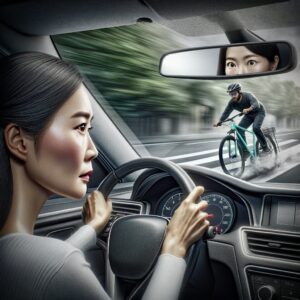
Mirrors serve as valuable accessories for urban cyclists since they offer a convenient way to maintain a clear view of the road behind you, eliminating the need to physically turn your head. In this discussion, we will delve into the advantages of using mirrors, the various types you can choose from, and the correct positioning for optimal usage.
10.1 Benefits of using mirrors
Using mirrors allows you to maintain better situational awareness on the road. By glancing at the mirror, you can quickly assess the traffic behind you without taking your eyes off the road ahead. This helps you make informed decisions and react appropriately to any potential hazards or approaching vehicles.
10.2 Types of mirrors
There are several types of mirrors available for bicycles, each with its own advantages. Handlebar-mounted mirrors attach to the end of your handlebars, providing a wide-angle view of the road behind you. Helmet-mounted mirrors can be attached to your cycling helmet, allowing you to adjust the viewing angle by moving your head. Some mirrors also come in the form of wristbands or glasses attachments for added convenience.
10.3 Proper mirror positioning
When positioning your mirror, make sure it provides a clear and unobstructed view of the road behind you. Adjust it to your preferred angle so that you can see approaching vehicles without straining your neck. Experiment with different mirror positions to find the one that works best for you, and ensure it is securely attached to your handlebars, helmet, or other preferred location.
In conclusion, investing in the right safety equipment is essential for urban cyclists. Helmets provide vital protection for your head, and fitting them correctly ensures maximum safety. Lights, reflectors, and reflective clothing enhance your visibility, making you more noticeable to others on the road. Mirrors help you maintain situational awareness, while bells and horns facilitate communication with pedestrians and motorists. Gloves provide comfort and protection for your hands, and locks safeguard your bike from theft. Finally, fenders keep you and your bike clean and dry during wet conditions. By equipping yourself with these essential safety tools and following best practices, you can enjoy the benefits of urban cycling while prioritizing your safety on the road.
